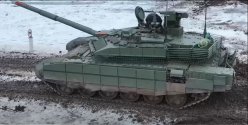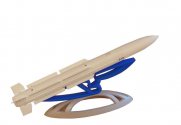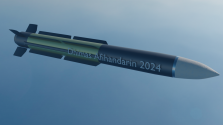They're completely parallel existences, though.
TB2 is one of the smallest MALEs, drones with significant range/carrying capabilities.
Zala from your picture (electric flying wing),while undoubtedly stealthy, can only carry a couple of kilos of payload (typically optics) for just a few hours.
Supercam 350 is likely to have range matching the Lancet drone. The Supercam is meant as a support drone for Lancets, meant to spot, identify, target and observe Lancet attacks and their aftermath. If you see a Lancet video from a third person view, chances are it's from a Supercam.
Supercam introduction on the battlefield comes with a surge and effectiveness in the use of the Lancet. If you see a Lancet kill it, it's likely the Supercam found it and filmed the event. In a way, the Supercam is the true loiter for a 'loitering ammunition" like the Lancet.
Besides that it's likely a highly convenient observation drone, filling the gap between the Orlans and the new quadcopters the Russians are now using.
Another thing is that it's dirt cheap and expendable. You can probably shoot them down with SAMs which is a big IF assuming you find them in the radar first, but in the end, the Russians will produce them endlessly while your AD with your expensive SAMs becomes expended. Thermo optics won't find them easily, since they use electric motors and give off barely any heat. The use of electric motors means you won't hear them either, unlike Orlans and Gerans with tiny piston engines.
The stealthy qualities means the Supercam will find a target, like even a mobile AD system, without alerting the target AD system, and a Lancet is on its way to its kill.
It's not an exaggeration that the Supercam changed the battlefield as much as the Lancet, Orlans and Mavics did.




